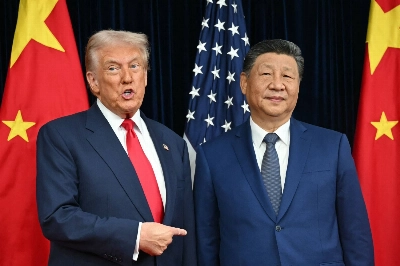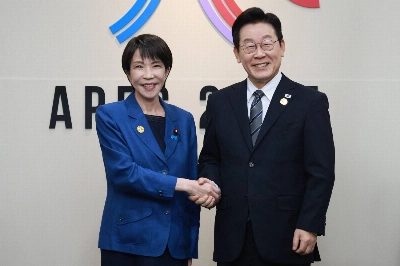Fifty-eight years ago, on May 3, 1947, the postwar Constitution of Japan came into effect. Today this new national charter, underscored by its pacifist principles, is broadly accepted by the Japanese public. Yet, strange as it may seem, this is a constitution enacted by Imperial order, not by popular vote.
According to a textbook definition, constitutions divide into two categories: those established by referendum and those promulgated by a king or emperor. The Japanese Constitution was promulgated on Nov. 3, 1946, under an Imperial edict in which the Emperor expressed "deep pleasure" that the foundation had been laid for the construction of a new Japan in accordance with the will of the Japanese people.
It is not known exactly how the new charter was written in the immediate postwar years. What is clear, though, is that it represents, procedurally, a revision of the Meiji Constitution of 1889, also known as the Constitution of the Great Empire of Japan.

















With your current subscription plan you can comment on stories. However, before writing your first comment, please create a display name in the Profile section of your subscriber account page.